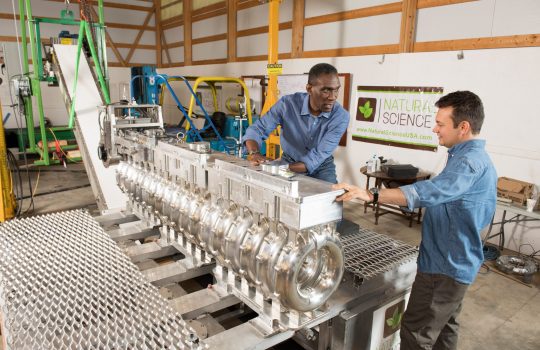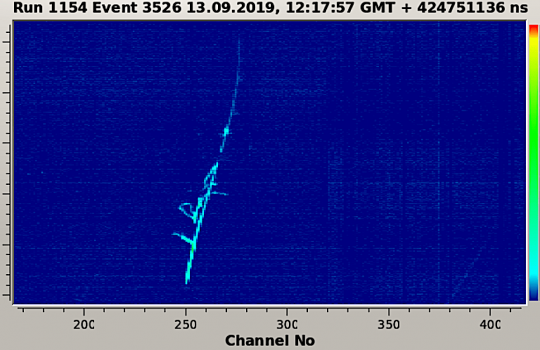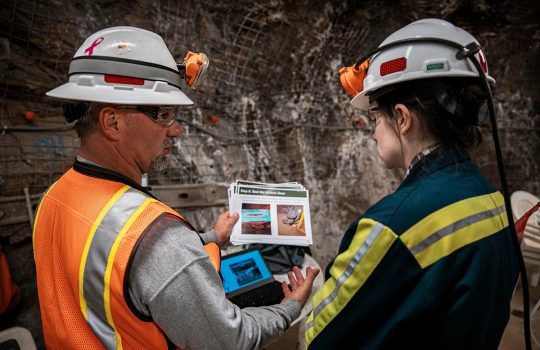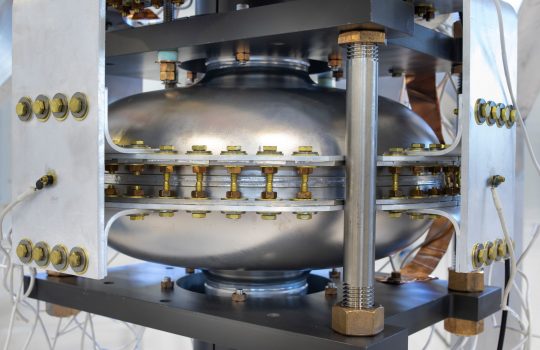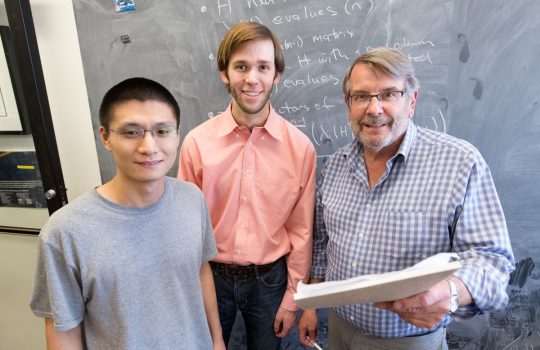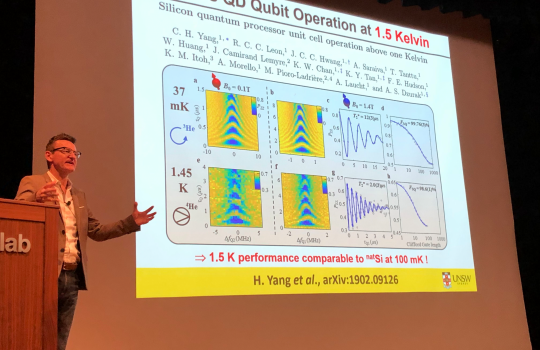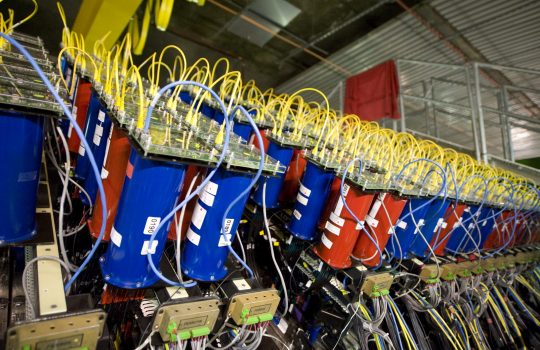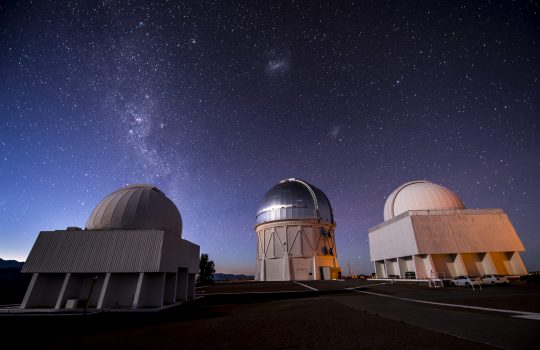Scaling up this floating coil: Meet the new prototype in electromagnetic oil spill remediation technology
Look out, oil spills. The concept of using floating magnets for cleaning up oil spills, which started as a demonstration in a 9-ounce cup, is now a full-scale prototype — thanks to an agreement between Fermilab’s Office of Partnerships and Technology Transfer and Natural Science LLC.

